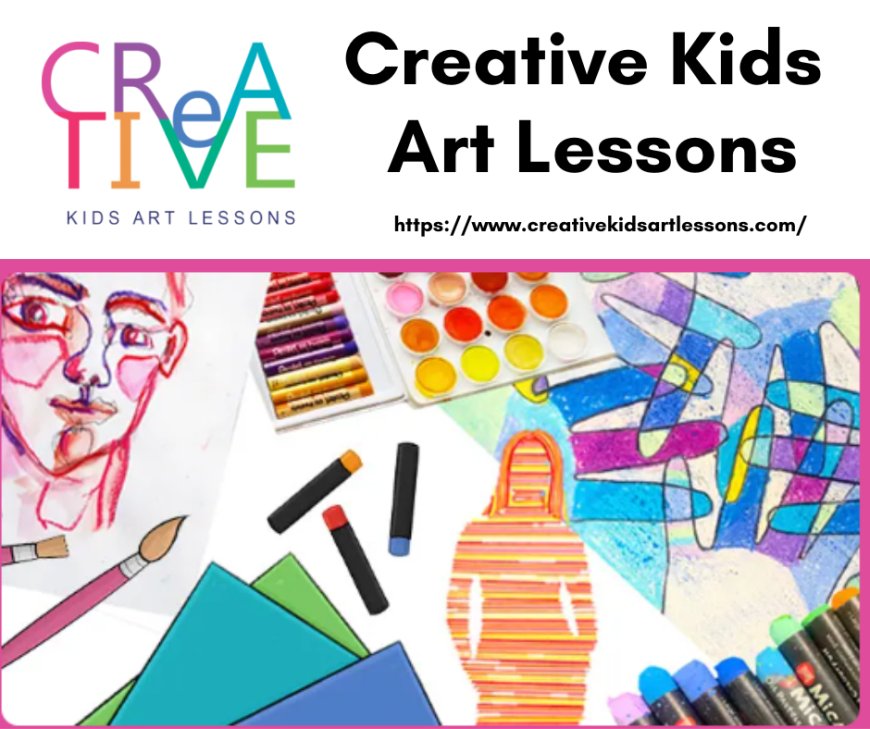Designing Effective Art Classes for Kindergarten

Art classes for kindergarten students play a crucial role in nurturing creativity, imagination, and fine motor skills at an early age. Crafting a well-rounded art curriculum for this age group involves careful planning and consideration of developmental milestones and interests.
Understanding Kindergarten Development
Kindergarten children are typically between the ages of 4 and 6, a stage where they are curious and eager to explore the world around them. Their motor skills are developing, making activities like drawing, cutting, and painting both challenging and rewarding. Moreover, art allows them to express emotions and ideas in a tangible way, fostering cognitive and emotional growth.
Key Components of Art Classes
Introduction to Basic Techniques: Begin with simple techniques such as finger painting, using crayons, and creating collages. These activities not only introduce children to different art mediums but also enhance their sensory experiences.
Theme-Based Lessons: Organize lessons around themes that resonate with kindergarten students, such as seasons, animals, or fairy tales. This approach helps connect art with their everyday experiences and encourages engagement and storytelling through visuals.
Exploration and Play: Emphasize exploration and playfulness in art activities. Provide opportunities for free drawing sessions where children can experiment with colors and shapes independently. This fosters confidence and a sense of ownership over their creative endeavors.
Integration with Other Subjects: Integrate art with subjects like literacy and math. For instance, creating alphabet collages or counting objects in a still life drawing reinforces academic concepts while encouraging creativity.
Celebration of Diversity: Incorporate diverse art forms and cultural perspectives into lessons to broaden children's understanding of the world. Celebrating different art traditions encourages respect for diversity and stimulates curiosity about global cultures.
Creating a Positive Learning Environment
A positive learning environment is essential for kindergarten art classes. Ensure the art space is well-organized, with easy access to materials and tools. Establish clear guidelines for sharing and respecting each other's artwork to promote a supportive classroom culture.
Conclusion
Art Classes Plan For Kindergarten should be designed to spark curiosity, encourage exploration, and foster self-expression. By providing structured yet flexible lessons that cater to their developmental needs and interests, educators can lay a foundation for a lifelong appreciation of art and creativity among young children. Through thoughtful planning and nurturing guidance, kindergarten art classes become not just a place for artistic development, but also a source of joy and discovery for every child.
What's Your Reaction?


















![Safe Abortion pills[[+971521786258]] Doha Qatar/Ar Rayyan Qatar/Umm Salal Mu?ammad Qatar/Al Wakrah](https://news.bangboxonline.com/uploads/images/202501/image_430x256_679bc869b24fb.jpg)


